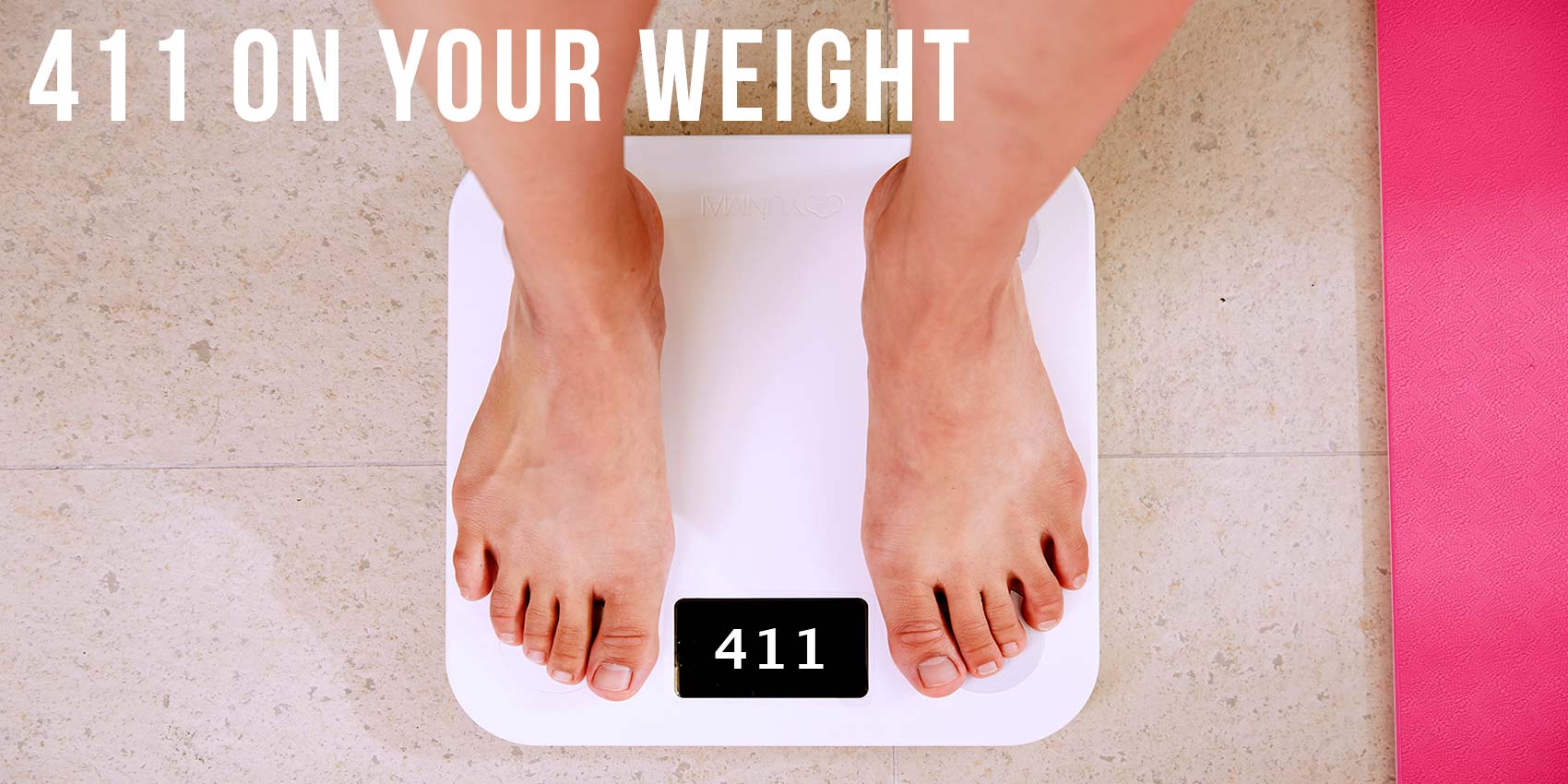14 Sep 411 on your weight

Weight is literally and figuratively a massive issue these days.
In 2017, 20.6% of children 12-19 years old had obesity.
Since 1980, among teens ages 12 to 19, the rate of obesity has quadrupled, from 5% to 20.6%.
(Source: https://stateofobesity.org/childhood-obesity-trends/)
Incidentally, the rates for people over age 30 are much higher (up to 40% of the population!) which is why it’s so important to be at a healthy weight now.
What are the health risks of being obese? Children and teens who are obese are likely to be obese as adults and thus likely to suffer from issues such as heart disease, Type 2 diabetes, stroke, sever types of cancer and osteoarthritis. (www.cdc.org) Even in their youth, obese children are more likely to have these conditions: 70% of obese youth had at least one risk factor for cardiovascular disease and many have pre-diabetes.
(Source: https://www.ncbi.nlm.nih.gov/pmc/articles/PMC3263181/)
Obese teens are also at risk for bone and joint problems and sleep apnea—a condition where an individual has difficulty breathing at night. Loss of sleep can lead to a host of other problems.
Most important, obesity in teens can be a vicious downward spiral: Obese teens are more likely to be bullied, thus damaging a teen’s self confidence and often causing teens to withdraw and seek comfort in food… only adding to the problem. In one study, children rated being overweight as less desirable than having a physical disability such as being in a wheelchair. (Latner and Stunkard, 2001). Being overweight or obese in our culture is a social taboo.
The social pressures just mentioned could explain why teens today are also battling with body image problems and eating disorders such as anorexia and bulimia. What used to be heavily female-dominated, eating disorders are now being seen increasingly in males who are also feeling the pressure to conform to societal images. To read more about eating disorders and body images issues, please read those posts
So what the heck is the right weight you may ask? The only one who can determine if you are the “right” weight is your doctor. He or she can measure your Body Mass Index (BMI)—a calculation of your height, weight and muscle mass. Why is muscle mass important? Because what your body is composed of—muscle or fat—makes a difference in your overall health. Someone who is super healthy and very muscular can weigh very nearly the same as someone who is the same height but all fat… and way overweight. However, in your teens, standard height and weight charts can be a good guideline to check if your weight is in a normal range. This link has a BMI calculator that can be useful in determining if you are in the right range as well:
http://www.obesityaction.org/aboutobesity/measuringobesity/measuringobesity.php
If you have any doubts, check with your doctor.
We feel that weight is simply a number. Pounds on a scale are one sort of number to watch, but we think there are other numbers that may be just as important:
- The number of times you exercise
- The types of foods you are eating and the number of times you eat well versus poorly.
- The number of times you say nice things about your body, rather than saying not so nice things.
A healthy lifestyle usually leads to a healthy weight. Focus on the food you eat, how often you eat, how often you exercise, and your mental attitude, and then your weight should shift to a number that defines health. If not, see your doctor.
Teens (according to Common Sense Media) spend an average of 9 hours a day online, which is one of the reasons many high school students are not getting the recommended amount of physical activity. What is the recommended amount??
60 minutes of vigorous activity a day for teens, 30 minutes for adults.
Make sure that you are physically active. In today’s world where many teens are driven almost everywhere, gym classes have been cut for budget reasons and technology and video games are more popular and more easily accessible than outdoor games and exercise. As such, you may need to make the effort yourself. Look at your daily activities. Are you getting enough daily exercise? If not, you would do well to make some changes in your schedule. How can you do that? If you need ideas, see our exercise post.
Now, what are you eating? Did you know that today’s portion sizes are two to five times bigger than they were when your parents were growing up? In those “good old days” kids normally only had one snack a day, today 20% of kids have six snacks a day. In 1822, the average American had 45 grams of sugar in five days (the amount of sugar in one can of soda). In 2012, that number was 765 grams of sugar in five days (the amount in 17 sodas).
(Source: https://www.forbes.com/sites/alicegwalton/2012/08/30/how-much-sugar-are-americans-eating-infographic/#6aeed95d4ee7)
Think about what you eat. Make healthy choices. If you don’t know what those are, read our nutrition links!




Post Question:
What is your awesome idea for adding more exercise to your day?
Answer the post question here
What's being said